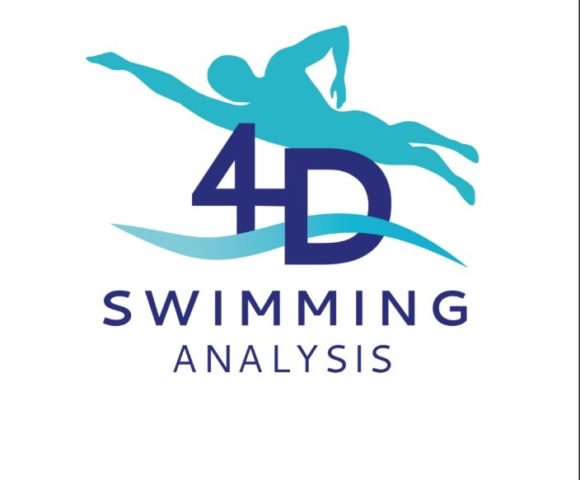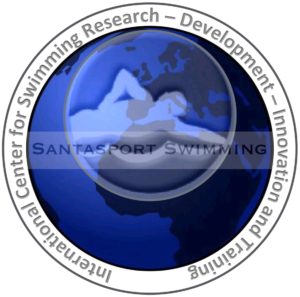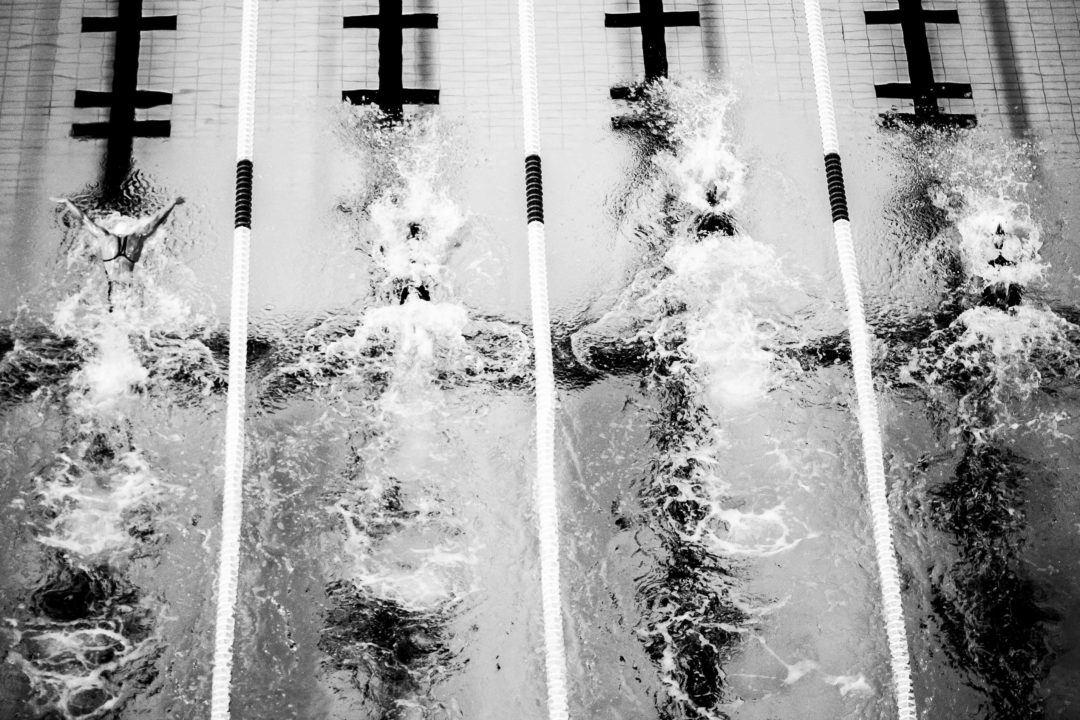As a part of our Research, Development and Innovation work, Olympic Training Center Rovaniemi is running a competitive swimming development program called ‘Modern Dryland Training’. It started from a simple idea of creating better solutions to dryland training for swimmers and coaches globally. Along the way, the focus has shifted to a bigger picture. Today it seems paramount, that we also raise topics that have a modern approach on the synergy of dryland and pool training.
Over time, the world has witnessed girls doing world-class performances at young age. Occasionally there are speculations that who will be the next young athlete to make an international breakthrough. If we do not look at the obvious reasons, such as physical development, what are the underlying causes making this possible? Talent? I think we are beyond the point of making such vague conclusions. Understanding this phenomenon could be a big step for developing the sport. If we want to find an answer to this, we should rely on sport science and current analysis systems.
Current analysis systems
Swimming race analysis deals with performance metrics such as reaction times, split times, swim speed, frequency, DPS and stroke count. It gives comparable data to monitor the progress. The ‘end product’ of the analysis is just pure data of the race performance. The actual analysis has to be determined based on the data. What should the athlete do next is the question, and finding the right solution relies on the teams experience.
Development of swimming related technology has made it easier to do real time analysis during practice. These innovations are nowadays affordable and accessible even for club teams. Swimming technique analysis deals with metrics like drag, force profile, hand speed and arm trajectory, but also time underwater, turn time, stroke index and DPS. This enables performance improvement based on metrics recorded from the swimmers performance. Even though this industry development is a step forward, it does not deliver the answer we are looking for. Instead of monitoring these metrics, we should understand what affects them.
Heading towards 4th generation swim analysis
Since 2014, we have been working on different RDI projects in Learn to Swim and Competitive Swimming programs. Having both these programs side-by-side is crucial for understanding the big picture and the swimmers path as a whole. Two years ago we started the initial measurements for research project that studies the rhythm changes in mid distance and distance freestyle and its effects on performance. Today it is our leading project called 4D Swimming Analysis. With this project, our goal is to expand awareness and encourage swimming industry to take a leap from 2nd generation analysis to 4th generation swim analysis.

While the 4D swimming analysis study is still ongoing, the early findings suggest that we can determine what the origin of these previously named metrics is, and why the swimmer is slowing down during free swim part of race performance. This enables to determine the strengths and weaknesses of the swimmer, but also give recommendations on main event based on the athletes attributes. The analysis can help to determine what key position muscles are failing during performance, and eventually accelerating the fatigue of a swimmer. It also answers to the original question of fast young swimmers. Not only has this new information let us understand their current capabilities, but it also shows how to train them to be better. Obviously, this is a first of a kind in this line of research and the topic needs more studies, but perhaps it is more important to show the direction for the rest of the world, because we need look outside the box more.
Olympic Training Center Rovaniemi is one of the six Olympic Training Center’s in Finland. Together with a diverse network of Universities, sports federations and associations, research institutes and other experts, we are able to offer a wide level of education in multiple fields of sports and well-being as well as in different sports.
Santasport Swimming is growing International research, development and innovation program for swimming. Our goal is that in four years we will run research on both learn to swim and high- performance swimming using our previous experience and soon to be built new aquatic facility. Thru our research work, we are hoping to offer new insights on swimming development.



Thank you all for your comments. Even if some of them had only sarcasm 🙂
We can’t publish a full research report because the study is not finished. We wanted to publish the article already at this point, because it includes several ‘read between the lines’ messages. If you process the article carefully you can find many answers.
Such as?
For example answer for the headline. In order to find answers, you have to combine different things from the article. They can’t be found in one sentence.
The article lead reads @Why girls reach their top performance at a young age” the article never answers the question!!!
Clickbait my dude
Some actual information about what you’re talking about would make this much more interesting. I’m all for data but as presented this is gobbledygook. And I say that with great experience with gobbledygook in my non-swimming related professional life. What is second generation analysis? What is fourth generation analysis? For that matter, what are first and third generation analyses? Is there evidence for additional factors beyond what we already know about why girls reach peak performances earlier (a different physical development timeline)? If so, what are those proposed to be and how are they being tested? That would be a very interesting discussion
While I can’t tell you too much more than they’ve said here, I do know that this study involves extensive use of a turboencabulator mounted in the typical lotus odeltoid configuration.
Glad to see this team exists. I would like to see them start to study the unfortunate trend we are seeing here in Northern California of Exercise Induced Asthma in our competitive swimmers. I would hope USA Swimming or the Olympic Team could fund a grant to help study the long term effects of pool chemicals on our young athletes. I hope it was not tied to the wildfire smoke we had these past two summers but that too should be added to some sort of control group for testing.
Thank you.